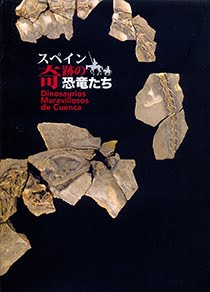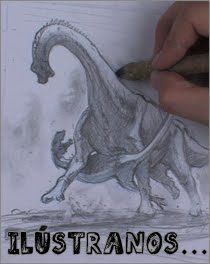Recientemente ha sido publicado un trabajo sobre la diversidad de saurópodos titanosaurios en la Isla de Hațeg (Europa del Este) durante el Maastrichtiense (Cretácico Superior). La publicación se basa en la descripción de numerosos ejemplares inéditos, procedentes de afloramientos cretácicos de Rumanía. La descripción detallada de estos ejemplares y su comparación con los taxones de titanosaurios conocidos en la Isla de Hațeg, Magyarosaurus dacus y Paludititan nalatzensis, ha permitido identificar distintos morfotipos para los diferentes sectores de la serie de las vértebras caudales.
En este trabajo se sugiere la presencia de al menos cuatro taxones distintos, con la identificación de formas de medio tamaño, apoyando así las hipótesis previamente presentadas. Por otro lado, también se identificaron algunas vértebras caudales medio-posteriores que mostraban una condición opistocélica. En la publicación participan paleontólogos del Instituto Dom Luiz de la Faculdade de Ciências de la Universidade de Lisboa (Portugal), del Grupo de Biología Evolutiva de la UNED (España) y del Departamento de Geología de la Facultad de Biología-Geología (Cluj-Napoca, Rumanía), Dinosaur Institute del Natural History Museum of Los Angeles County (California, USA) y Mureș County Museum (Rumanía).
Los ejemplares estudiados se encuentran depositados en las colecciones paleontológicas de la Universidad de Babes-Bolyai (Cluj-Napoca, Rumanía). Dejamos aquí el resumen del trabajo:
The Upper Cretaceous sauropod record from Romania is abundant, but mainly composed by isolated and poorly preserved specimens. They were found in Maastrichtian units cropping out in both the western-southwestern margin of the Transylvanian Basin, and in the Hațeg and Rusca Montană basins. Two smallsized taxa, Magyorasaurusdacus and Paludititan nalatzensis, were considered as valid; however, the presence of other forms is not ruled out. An important sample of sauropod caudal vertebrae is described in detailed to provide new data about the diversity of the sauropods of the Hațeg Island during the Maastrichtian. Distinct morphologies are recognized for the caudal vertebrae, including four morphologies for the anterior-most elements; at least three for the anterior and middle ones, and at least two for the posterior caudals, including sauropods with opisthocoelous condition. The possibility of four different tail morphologies is suggested, which might belong to four different taxa, including Paludititan nalatzensis, Magyarosaurus dacus (the material previously referred to it seems to be composed by more than one taxon) and two other species. A new character for morphological datasets describing the position of the intraprezygapophyseal lamina in the middle and posterior caudals is proposed, which may be characteristic of some European taxa.
Más información:
- Referencia: Mocho P., Pérez-García A, Codrea V.A. 2022. New titanosaurian caudal remains provide insights on the sauropod diversity of the Hațeg Island (Romania) during the Late Cretaceous. Historical Biology. doi: 10.1080/08912963.2022.2125807





























No hay comentarios:
Publicar un comentario